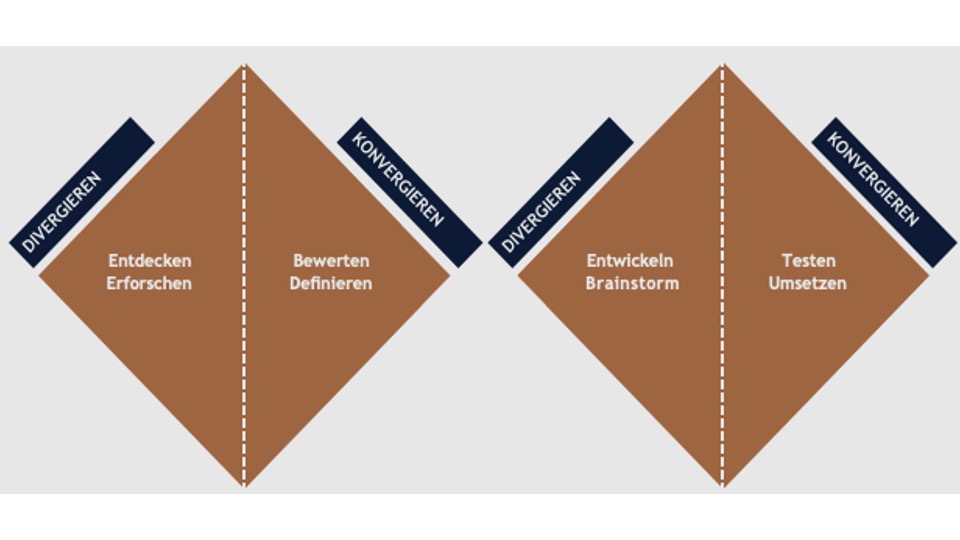How Dynamic Facilitation Helped an NGO Team Reconnect
Recently, I supported an NGO team caught in a deep-seated conflict.
It wasn’t just about different perspectives there were tensions, hurt feelings, and misunderstandings.
A classic moderation approach would have failed here.
So I turned to Dynamic Facilitation.
What makes this approach so powerful?
1. Naming emotions brings clarity and connection.
Imagine receiving someone’s full attention. No interruptions. No contradictions.
You can say what’s weighing on you. Express your full perspective completely.
- That’s liberating.
- It brings clarity.
- And it creates connection — because suddenly, the human being is at the centre.
The result: A space where closeness and understanding can grow — even in the midst of serious conflict.
2. Our brain isn’t linear, so the process shouldn’t be either.
Everything is welcome. Everything is made visible.
As the process unfolds, new aspects continually emerge:
- Concerns
- Solutions
- Insights that were previously hidden
- Entirely new questions
I hold that space — both visually and emotionally.
That’s my role as a facilitator.
Creativity arises exactly here: in the coexistence of contradictions.
3. Tapping into the power of collective intelligence.
There’s a moment and it’s magical.
Suddenly, something becomes clear. A connection forms.
What was stuck, begins to shift. And everyone in the room feels it.
That’s the creative breakthrough.
And it’s sustainable because it’s built on deep listening and shared intelligence.
During the workshop, the conflicting parties began to reconnect.
Not only did we resolve the issue at hand we created a path for handling future tensions constructively.
An outcome that honoured the needs of everyone involved.
A question for you:
What does your team need to achieve real breakthroughs beyond “normal meetings”?




